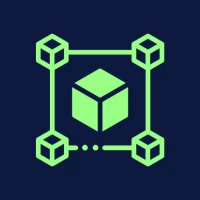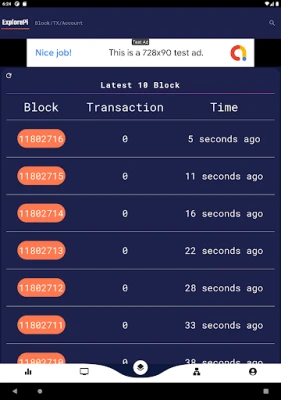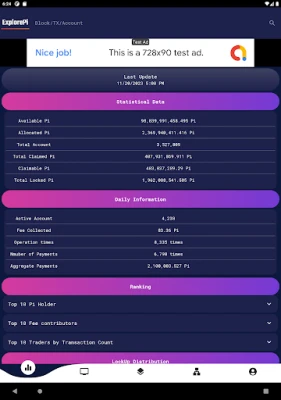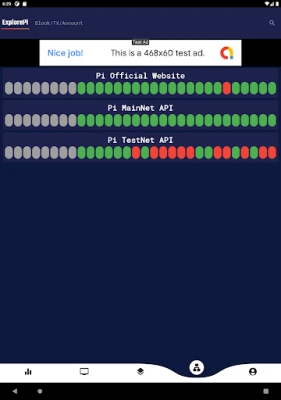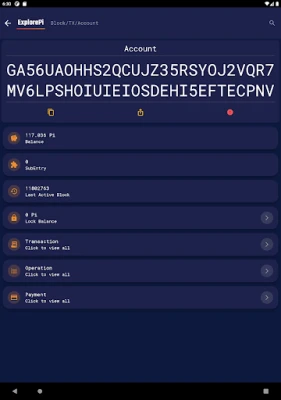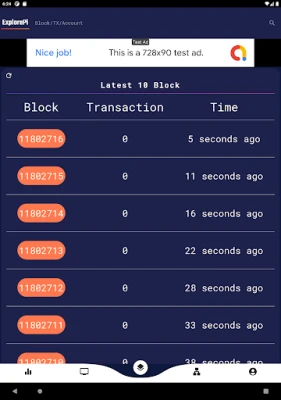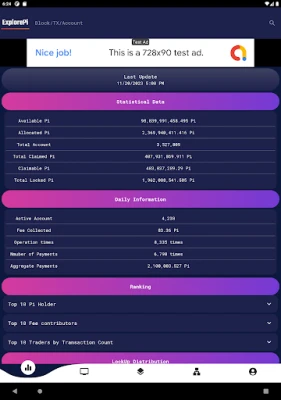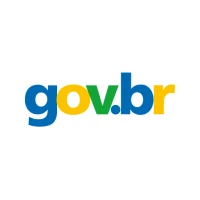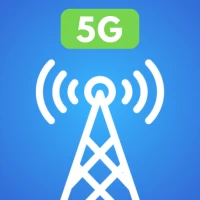
Latest Version
1.2.0
May 04, 2025
KaiKai Lawrence
Tools
Android
0
Free
net.explorepi.pi
Report a Problem
More About ExplorePi
Comprehensive Guide to Real-Time Blockchain Data Monitoring
In the rapidly evolving world of blockchain technology, having access to real-time data is crucial for users, investors, and developers alike. This article delves into the essential aspects of blockchain data monitoring, covering everything from transaction dynamics to node status and account reporting. By understanding these components, you can make informed decisions and stay ahead in the blockchain landscape.
Understanding Main Network Data
The main network data serves as the backbone of any blockchain ecosystem. It encompasses all the critical information regarding transactions, blocks, and network health. By analyzing this data, users can gain insights into the overall performance and reliability of the blockchain.
Real-Time Monitoring: The Key to Success
Real-time monitoring is essential for anyone involved in blockchain technology. It allows users to track transactions as they happen, ensuring transparency and security. With real-time data, stakeholders can react promptly to any anomalies or issues that may arise, safeguarding their investments and maintaining trust in the network.
Exploring Blockchain Data
Blockchain data includes a variety of metrics that provide insights into the network's performance. Key elements include:
- Transaction Volume: The number of transactions processed within a specific timeframe.
- Block Size: The size of each block in the blockchain, which can affect transaction speed and fees.
- Hash Rate: A measure of computational power used to validate transactions and secure the network.
By examining these metrics, users can better understand the health and efficiency of the blockchain.
Transaction Dynamics: What You Need to Know
Transaction dynamics refer to the behavior and patterns of transactions within the blockchain. Understanding these dynamics is vital for predicting network congestion and optimizing transaction fees. Factors influencing transaction dynamics include:
- Network Demand: High demand can lead to increased transaction fees and longer confirmation times.
- Transaction Types: Different types of transactions (e.g., standard, priority) can affect processing speed.
- Confirmation Times: The time it takes for a transaction to be confirmed can vary based on network conditions.
By monitoring these factors, users can make strategic decisions regarding their transactions.
Payment Information: Ensuring Security
Payment information is a critical aspect of blockchain transactions. Users must ensure that their payment details are secure and that they are using reliable wallets and exchanges. Key considerations include:
- Wallet Security: Use wallets with strong encryption and two-factor authentication.
- Exchange Reputation: Choose exchanges with a proven track record of security and reliability.
- Transaction Fees: Be aware of the fees associated with different payment methods and platforms.
By prioritizing security, users can protect their assets and enhance their overall blockchain experience.
Node Status: Monitoring Network Health
The status of nodes within the blockchain network is a vital indicator of its health and performance. Nodes are responsible for validating transactions and maintaining the integrity of the blockchain. Key aspects to monitor include:
- Node Uptime: A high uptime percentage indicates a reliable network.
- Geographic Distribution: A diverse distribution of nodes enhances network security.
- Synchronization Status: Nodes must be in sync with the latest blocks to ensure accurate transaction processing.
By keeping an eye on node status, users can assess the reliability of the blockchain network.
Understanding Lock-Up Content
Lock-up content refers to the assets that are temporarily restricted from being traded or transferred. This mechanism is often used to stabilize the market and encourage long-term investment. Key points to consider include:
- Duration of Lock-Up: Understand how long your assets will be locked and the implications for liquidity.
- Impact on Market: Large lock-ups can influence market dynamics and price stability.
- Release Conditions: Be aware of the conditions under which locked assets can be released.
By understanding lock-up content, investors can make more informed decisions regarding their assets.
Official Status of Pi Network
The Pi Network has gained significant attention as a new player in the blockchain space. Monitoring its official status is crucial for users interested in participating in its ecosystem. Key aspects to follow include:
- Development Updates: Stay informed about new features and improvements.
- Community Engagement: Participate in discussions and feedback sessions to contribute to the network's growth.
- Market Performance: Keep an eye on the value of Pi and its trading volume.
By staying updated on the Pi Network's status, users can maximize their involvement and potential returns.
Account Reporting: A Necessary Precaution
Account reporting is an essential feature in the blockchain ecosystem, allowing users to report suspicious activities or potential fraud. Key considerations include:
- Reporting Mechanisms: Familiarize yourself with the reporting tools available on your platform.
- Documentation: Keep records of any suspicious transactions to support your claims.
- Community Support: Engage with the community to share experiences and advice on reporting issues.
By understanding account reporting, users can contribute to a safer blockchain environment.
Conclusion
In conclusion, real-time monitoring of blockchain data is essential for anyone involved in this innovative technology. By understanding main network data, transaction dynamics, payment information, node status, lock-up content, and account reporting, users can navigate the blockchain landscape with confidence. Stay informed, stay secure, and make the most of your blockchain experience.
Rate the App
User Reviews
Popular Apps

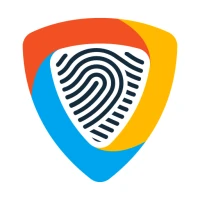






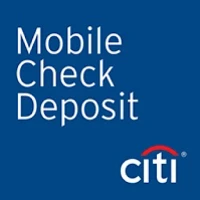

Editor's Choice










